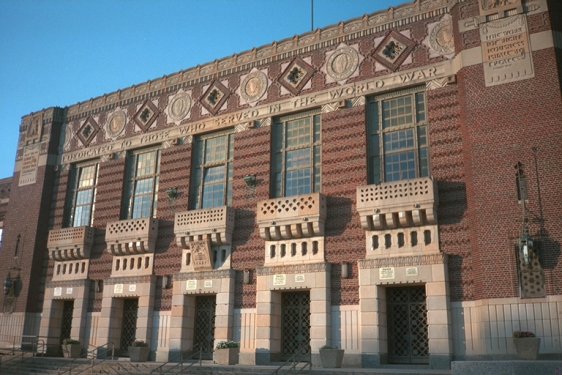 Louisiana Travel Guide: Atchafalaya Basin
Louisiana Travel Guide: Atchafalaya BasinSource: https://commons.wikimedia.org/wiki/File:AtchafalayaBasinPanorama.jpg
Author: Chrismiceli

Louisiana is a state facing the Gulf of Mexico in the southern region of the United States. Its capital is Baton Rouge while its biggest city is New Orleans. Louisiana covers an area of 51,885 sq mi (135,382 sq km). It is bordered to the west by Texas, to the north by Arkansas, to the east by Misssissippi, and to the south by the Gulf of Mexico. The state is predominantly lowland, with the highest natural point being the Driskill Mountain, which is only 535 ft (163 m) above sea level. The lowest part of Louisiana is the city of New Orleans, which is -7 ft (-1.6 m) below sea level.
 Magazine Street, New Orleans
Magazine Street, New OrleansSource: https://commons.wikimedia.org/wiki/File:Magazine6Nov07Winnies.jpg
Author: Infrogmation of New Orleans

Louisiana has a population of 4.4 million people. Unlike other states in US, the counties in Louisiana are called parish. There are all together 64 parishes, with the most populous being Jefferson Parish while the largest Cameron Parish.
Louisiana has been inhabited by Native Americans long before the arrival of the first Europeans in the 16th century. Pre-Columbian cultures such as Poverty Point have left their remains in the state, traced back to 1500 BC. The Spanish under Panfilo de Narváez was the first to arrive in Louisiana, in 1528. However it was only in the late 17th century that the French arrived and established their settlements there. The area was named after King Louis XIV of France by French explorer Robert Cavelier de La Salle in 1682.
In 2005, Louisiana was badly hit by the hurricane Katrina, with the city of New Orleans being the worst affected. Fortunately most of the tourist areas are on higher ground and escaped the brunt of the disaster.
 Bald Cypress Swamp, Louisiana
Bald Cypress Swamp, LouisianaSource: https://commons.wikimedia.org/wiki/File:Cypresses.jpg
Author: Jan Kronsell

Travel to Louisiana
Interstate highways I-10 and I-20 crosses Louisiana from east to west. I-10 enters Louisiana from Beaumont in Texas, passing the first major town being Lake Charles, and continues on to Baton Rouge and New Orleans, before exiting the state to Mississippi. I-20 from Dallas, Texas, enters Louisiana at Waskom and continues to Shreveport. It exits to Jackson, Mississippi.Louis Armstrong New Orleans International Airport (MSY) is the main airport in the state, receiving flights from all over the country as well as from the United Kingdom and selected destinations in Europe. From the airport you can catch a taxi to downtown New Orleans for $33. Major hotels also operate shuttle buses from the airport.
Travel within Louisiana
The most practical way to explore Louisiana is by car. Shreveport Municipal Auditorium
Shreveport Municipal AuditoriumSource: https://commons.wikimedia.org/wiki/File:Shreveport-municipal-auditorium-1995.jpg
Author: Dtobias

Cities in Louisiana
- New Orleans (336,600)
Biggest city and major tourist destination of Louisiana. - Baton Rouge (229,600)
Capital of Louisiana - Shreveport (200,100)
City on the northwestern part of Louisiana. - Lafayette (110,300)
Fourth largest city in Louisiana, originally known as Vermilionville. - Lake Charles (72,000)
City by the banks of the lake of the same name.
Places of Interest in Louisiana
- Avery Island
Island which is home to the McIlhenny Tabasco factory. Itg is also a wildlife sanctuary. - Bayou Teche
A wetland area meandering between Lafayette and the Atchafalaya swamp. - Sicily Island Hills
Hills that due to their location in the floodplains of the Ouachita and Mississippi rivers, appear like an island. - Natchitoches
The oldest town in Louisiana, with French style architecture. - Plantation Alley
Stretch of the Great River Road with a number of old plantations. - Wildlife Gardens
Preserved swamp with natural wildlife as well as introduced fauna.
National Monuments in Louisiana
 Latest updates on Penang Travel Tips
Latest updates on Penang Travel Tips

Copyright © 2003-2025 Timothy Tye. All Rights Reserved.

 Go Back
Go Back